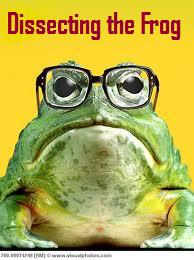Dissecting the
Fringe: Edinburgh Diary
Saturday 23rd
Until last Saturday I had never seen Late Night Gimp Fight. This might seem like something of an oversight on my part given their
prominence at the Fringe and in London over the past few years, but everything
I had read and heard about the group had suggested that they were not what I
was interested in, comically speaking. Sitting through their greatest hits in a
raucous Pleasance Beyond confirmed this suspicion: rarely have I felt more out
of place in an audience, or felt that a show was aimed at people other (i.e.,
younger) than myself. This isn’t to say that I didn’t enjoy it. The troupe are
relentlessly professional and dispatch their sketches with ruthless aplomb. A
couple of the presentational ideas (sock puppets made using the legs of the
performers, and a silent piece where all the audience can see are translucent
gloves and other accoutrments) were superbly executed, and one of their songs
was wittier than any ditty about bestiality has a right to be.
Nevertheless, there’s arguably less to LNGF than meets the
eye. The point isn’t that too often they fall below the level of their best
ideas – after all, this is true of almost any sketch troupe. Rather, what was
surprising to me was how unchallenging the show is, in the sense of how closely
it conformed to its audience’s expectations. Unlike the traditional late-night
Fringe gig, with drink-fuelled heckles and put-downs and a genuine battle of
wills (if not wits) between audience and performer, this was entirely slick and
controlled from the word go. In fact, it put me in mind of a children’s show,
albeit one marketed at children who found references to masturbation and
paedophilia hilarious.[i]
The edgy humour which is the group’s selling point was delivered in spades, but
a show where the audience expects shocking material and is there precisely to
see it is one whose edge is automatically blunted.
[i]
Not to mention, somewhat more dismayingly, a number of sketches where the
punchline involved nonconsesual sex.
